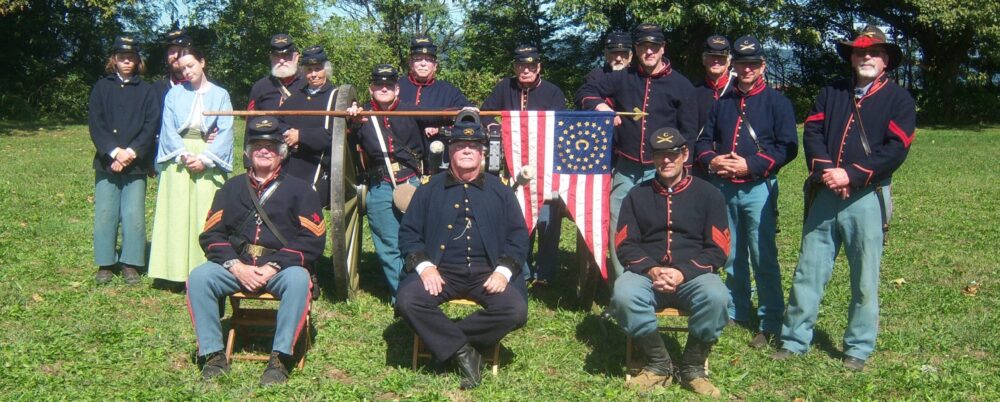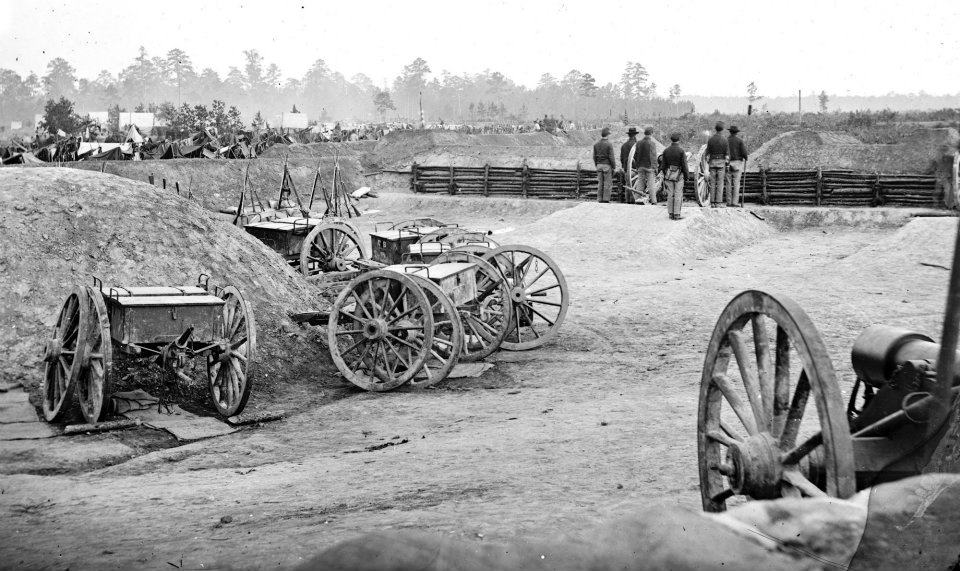FAQ’s
This section contains information about the artillery branch of the
United States Army during the 19th century
Q. Why was the artillery so demanding?
Frederick the Great, the warrior king of Prussia, Once said his artillery lent “dignity to what otherwise would be a vulgar brawl!” What Frederick realized was that, of the three main combat arms of the 18th century warfare, artillery required far greater knowledge, care and finesse than did the infantry or the calvary. The validity of Frederick’s observation was recognized in the United States a century later. Graduates of the United States Military Academy at west point were apportioned to the branches of service based upon their class standings. The top tier were assigned into the engineers, the second into the artillery, the third to the calvary and the bottom to the infantry.
While engineering was the most sophisticated discipline within the art of warfare and required the most advanced knowledge of mathematics and applied physics, it was essentially a noncombatant arm. Artillery also required an advanced knowledge of mathematics and applied physics, but gunners always had to put their knowledge to use during the chaos of battle. The artillery branch demanded of its commanders technical knowledge not required of cavalry and infantry commanders, and thus, of the combat arms in the 19th century U.S. Army, the artillery received the most accomplished West Point Graduates.
Q. What was the responsibility of a artillery commander?
In practical terms, an artillery commander had greater responsibility than did a commander of cavalry or infantry. An infantry captain had, on paper, to care for about 100 men. He saw to their training, arming, clothing and equipping, feeding and discipline. A cavalry captain also had to watch over about 100 men with the same responsibilities as their infantry counterparts, but he was also responsible for 100 horses that required equipping, feeding and care.
By comparison, an artillery captain in a full six gun battery had responsibility for about 120 men, 120 horses, six field pieces, 12 limbers, six caissons, a traveling forge, a battery wagon and two supply wagons. Four gun batteries were common in both armies during the Civil War, and an artillery captain may have had the number of men in his command reduced by a third. Even so, the breadth of his responsibility exceeded that of the leaders of full-strength calvary and infantry companies. Ironically, while artillery required of its commanders the highest level of competence, it also offered the slowest opportunities for advancement, since it was a small branch of service with far fewer senior officers than the infantry.
Q. What was the Command Structure?
The commanding captain was assisted by a lieutenant for each section, which consisted of two guns along with their accompanying men, horses, limbers and caissons. The lieutenants were section chiefs. Each gun, with its men, horses and attendant vehicles, operated as a platoon under the command of a sergeant known as the chief of the pieces. When in action, each gun, with on limber supplying ammunition, was commanded by a corporal, called the gunner, and each gun’s caisson with an additional limber was stationed to the rear under command of another corporal. Drivers, who handled the horses and cannoneers, who manned the guns, were privates.
In addition to the men in line of command, a battery would also have a bugler and guide-on bearer. As well as a first sergeant who was responsible for the battery paperwork and during battle was available to do any task assigned by the officers, including assuming command of any section whose chief was incapacitated.
Q. What else did a artillery battery include?
Ideally, each battery would have several artificers to work the traveling forge, performing Ferrier services and minor equipment repairs in the field. Sometimes several batteries together in a battalion would share a forge and artificers. If a battery was fortunate enough to have a supply wagon or two, there would be additional teamsters and horses or mules. A battery may also have maintained its own ambulance to evacuate its wounded.

